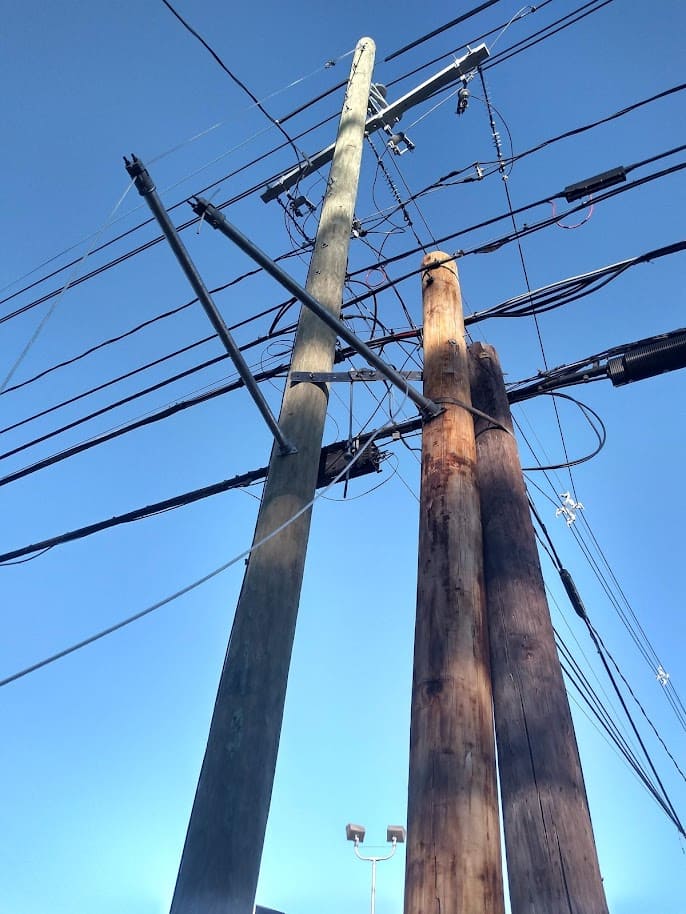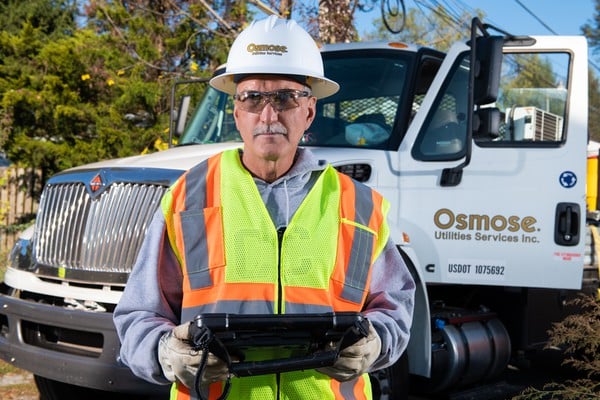Double Wood Remediation
Many pole owners struggle with managing their double wood population. When a pole owner replaces a pole, all attachments belonging to the pole owner, as well as third parties, and equipment must be transferred to the new pole. When these transfers don’t occur in an efficient manner, two or more poles may remain in the field. Over time, the number of double wood poles may grow to an unmanageable volume (double wood backlog). Coordinating all the remaining tasks to transfer the remaining attachments and remove the old pole can become frustrating/overwhelming. Double wood conditions are a safety concern, an eyesore to the public, and can impact future construction.
Pole Owner Challenges
- Thousands of utility pole transfer tickets are logged in the notification and tracking system but in many cases the ticket “status” may not reflect the current state of the pole
- Third party attachers are often slow to deploy crews to remove or transfer their wires, cables, and equipment from the double wood poles to the new pole
- Utility pole owners often send their line crews to pull and dispose of double wood poles, but there are still pole attachments that still need to be transferred. This is inefficient and costly to the utility company.
- There is typically a large number of additional double wood poles not logged in the notification and tracking system for which the utility has not received notice
- Based on volume of unidentified double wood, it may take years to address the double wood population
Osmose Provides Valuable Expertise in Utility Pole Attachment Transfer Planning, Management & Pole Removal
Osmose can help reduce the risk to public safety and address backlog caused by double wood poles, thereby improving public perception of the pole owner. We help pole owners address their challenges by:
- Identifying double wood conditions that exist in the field through combined inspections and standalone programs
- Documenting the status of pending third party pole attachment transfers
- Coordinating transfer requests which include simple transfers of wires and complex transfers of wires and equipment requiring splicing
- Managing construction and the double wood pole removal process with special machinery that allows for removal in tight spaces, reducing public interference
- Handling construction invoicing and notification ticket closeout
We make it simple. Osmose communicates the plan and works collaboratively with third parties to maximize direct cost-recovery for pole owners.

Successful Track Record in Pole Transfer Management
Osmose is committed to safety, quality service, and customer satisfaction. Our turnkey double wood management program includes the following:
- Identify double wood and transfer status, provide updates to the notification system, effectively manage and reduce double wood backlog
- Minimizes pole owner’s direct involvement to support the program freeing their valuable resources to perform other important functions
- Leverages language in joint use agreements and works collaboratively with third parties to complete “next steps” and maximize direct cost-recovery. Osmose has relationships with ILECs/CLECs across the country to help establish quick communication.
- Coordinates construction and bill attachers directly
Get a free, no-obligation consultation with an Osmose double wood remediation expert.

.png?width=243&name=Osmose-logo-(white).png)